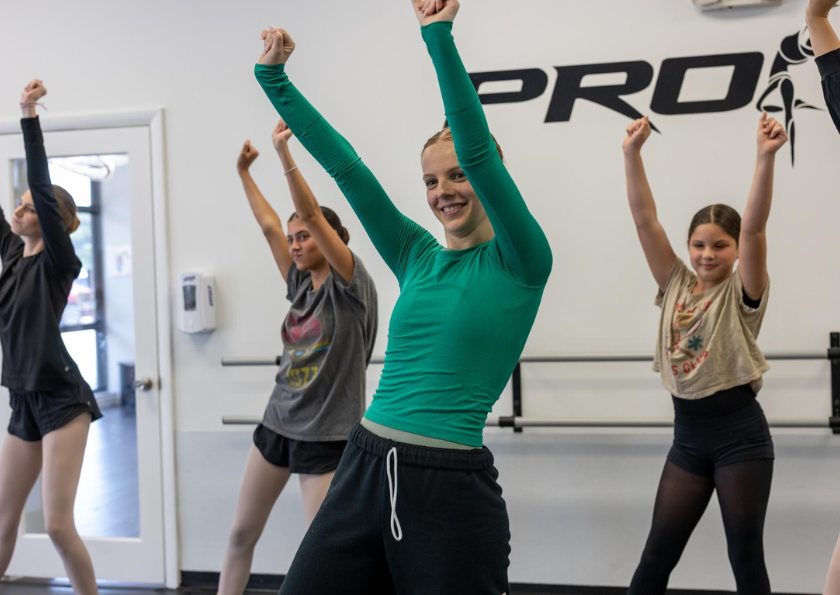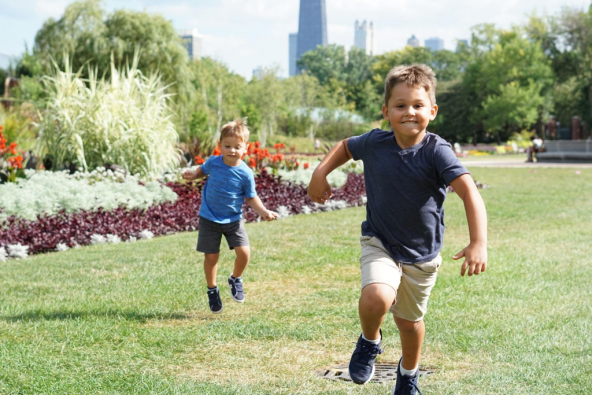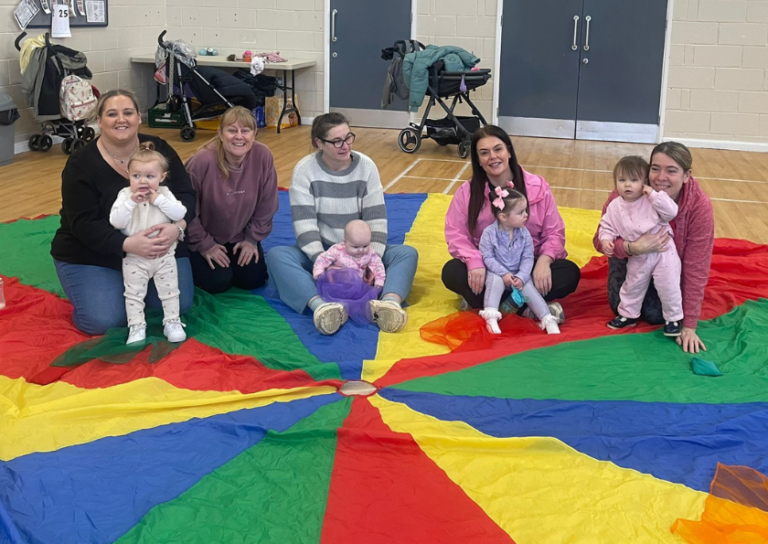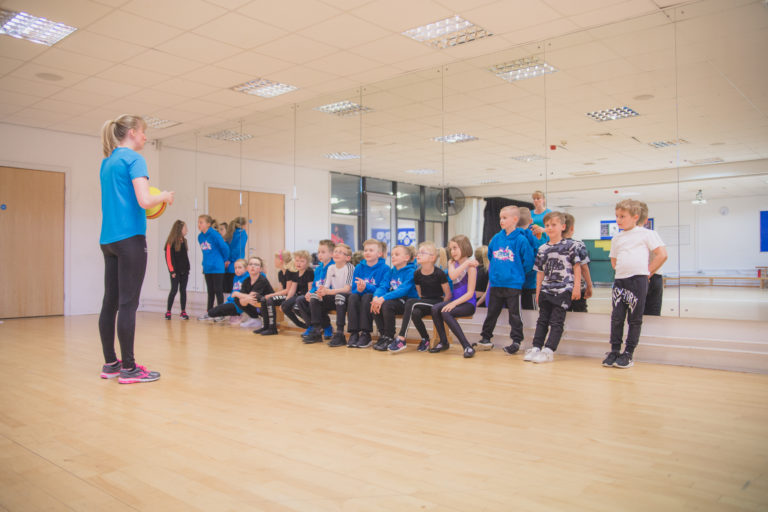Guest Post by Mariam Hayes
Think about a bustling classroom where students are constantly distracted, unable to focus, and behavioural issues are a daily challenge. Now, picture that same classroom transformed into a serene environment where students are engaged, focused, and thriving. This transformation is not just a fantasy; it’s a reality achieved through dance programs.
In fact, a survey in the UK found that 28.9% of children aged 11-15 participated in dance activities, highlighting the growing recognition of dance’s benefits.
“Structured activities such as dance can help improve classroom behaviour and student well-being. Dance is more than just movement; it’s a structured form of expression that teaches discipline, emotional regulation, and social skills. Unlike traditional methods, dance uniquely engages both the body and mind, fostering holistic development.” remarks Adams O’Brien, a leading expert in child development and wellness coach at Losing Weight Fast.
But what makes dance so effective in transforming behaviour? How can a simple dance routine turn chaos into calm? Keep reading and explore the mechanisms behind dance programs and why they are crucial for youth development.
1. Boosts Self-Esteem
Dance helps build self-confidence. A study found that children who participated in dance classes showed significant improvements in self-esteem and body image. Encourage positive feedback and celebrate small achievements to boost confidence. After all, who doesn’t love a good applause?
2. Reduces Anxiety and Depression
Engaging in dance can reduce symptoms of anxiety and depression. The same research indicates that dance movement therapy significantly decreases anxiety and depression levels in participants. To enhance emotional benefits, incorporate mindfulness and relaxation techniques into dance routines. Think of it as a two-for-one deal: dance and zen.
3. Enhances Social Skills
Dance requires teamwork and communication, which can improve social skills. A systematic review found that dance interventions enhance social interactions and empathy among participants. Organise group activities and partner dances to foster teamwork and communication. Because who needs words when you can dance?
4. Improves Academic Performance
Dance programs can also boost academic performance. According to a study by the Brookings Institution, students involved in arts education, including dance, showed a 13% improvement in standardised writing scores. Integrate educational themes into dance routines to reinforce learning. Who knew busting a move could boost your grades?
5. Provides a Positive Outlet for Energy
Dance offers a constructive way for youth to channel their energy. Physical activity through dance can reduce restlessness and hyperactivity, leading to calmer behaviour. Schedule regular dance sessions to help manage energy levels and improve focus. It’s like giving hyperactivity a graceful exit.
6. Encourages Discipline and Focus
Learning dance routines requires discipline and focus. These skills can transfer to other areas of life, helping youth stay on task and follow the rules more effectively. Set clear goals and provide structured routines to develop discipline. Because every great dancer knows the power of practice.
7. Fosters Creativity and Self-Expression
Dance allows for creative expression, which can be therapeutic. It provides a safe space for youth to express their emotions and thoughts, reducing the likelihood of acting out. Encourage improvisation and personal expression in dance activities. Let their inner artist shine!
8. Builds Resilience
Overcoming challenges in dance, such as mastering a difficult routine, can build resilience. This resilience helps youth handle setbacks and frustrations in other areas. Celebrate perseverance and progress, not just perfection. Remember, every stumble is just a step in the right direction.
9. Promotes Physical Health
Regular physical activity through dance improves overall health, positively impacting behaviour. Healthy youth are less likely to experience behavioural issues related to physical discomfort or illness. Ensure a variety of dance styles to keep physical activity engaging and comprehensive. Dance your way to better health!
10. Creates a Sense of Belonging
Being part of a dance group fosters a sense of community and belonging. This support system can reduce feelings of isolation and promote positive behaviour. Build a supportive and inclusive environment where every participant feels valued because everyone deserves a place to belong.
Dance programs are a powerful tool for improving behavioural outcomes in youth. By boosting self-esteem, reducing anxiety, and enhancing social skills, dance can help transform chaos into calm. Implement these actionable strategies to maximise the benefits and positively impact young lives.
Turn Chaos into Calm: Discover the Transformative Power of Dance with Nuvo Wellbeing!
Dance programs can transform chaotic classrooms into calm, focused environments. By enhancing discipline, emotional regulation, physical activity, social skills, and academic performance, dance offers a holistic approach to youth development.
At Nuvo Wellbeing, we are dedicated to improving lives through innovative dance and fitness programs. Our expert-led sessions are designed to engage the body and mind, fostering community and personal growth. Whether you’re looking to boost your child’s confidence, improve their focus, or simply provide a fun and healthy activity, our programs are tailored to meet your needs.
Ready to see the difference dance can make? Contact us today to learn more about our programs and how we can help your child thrive.





